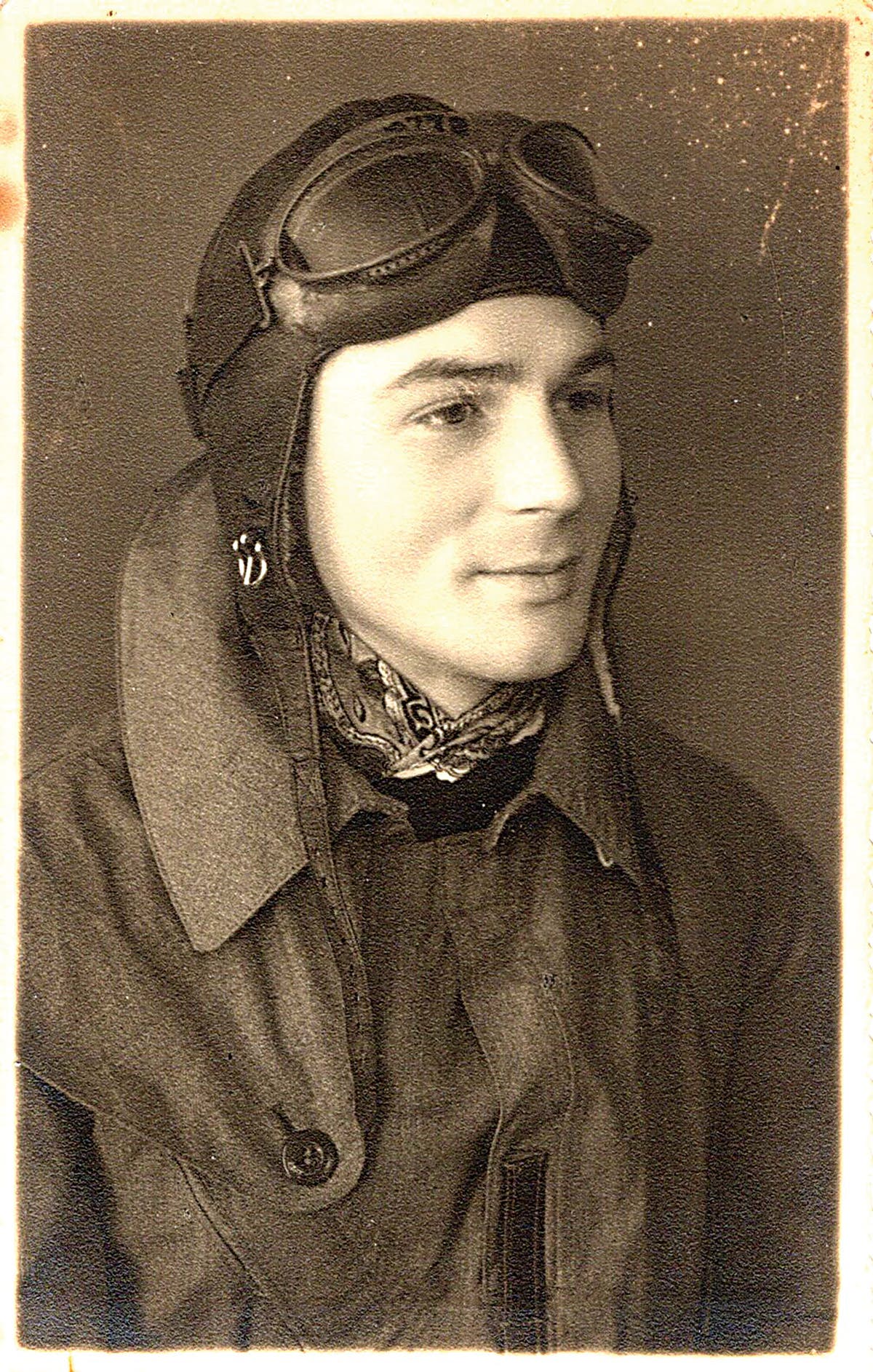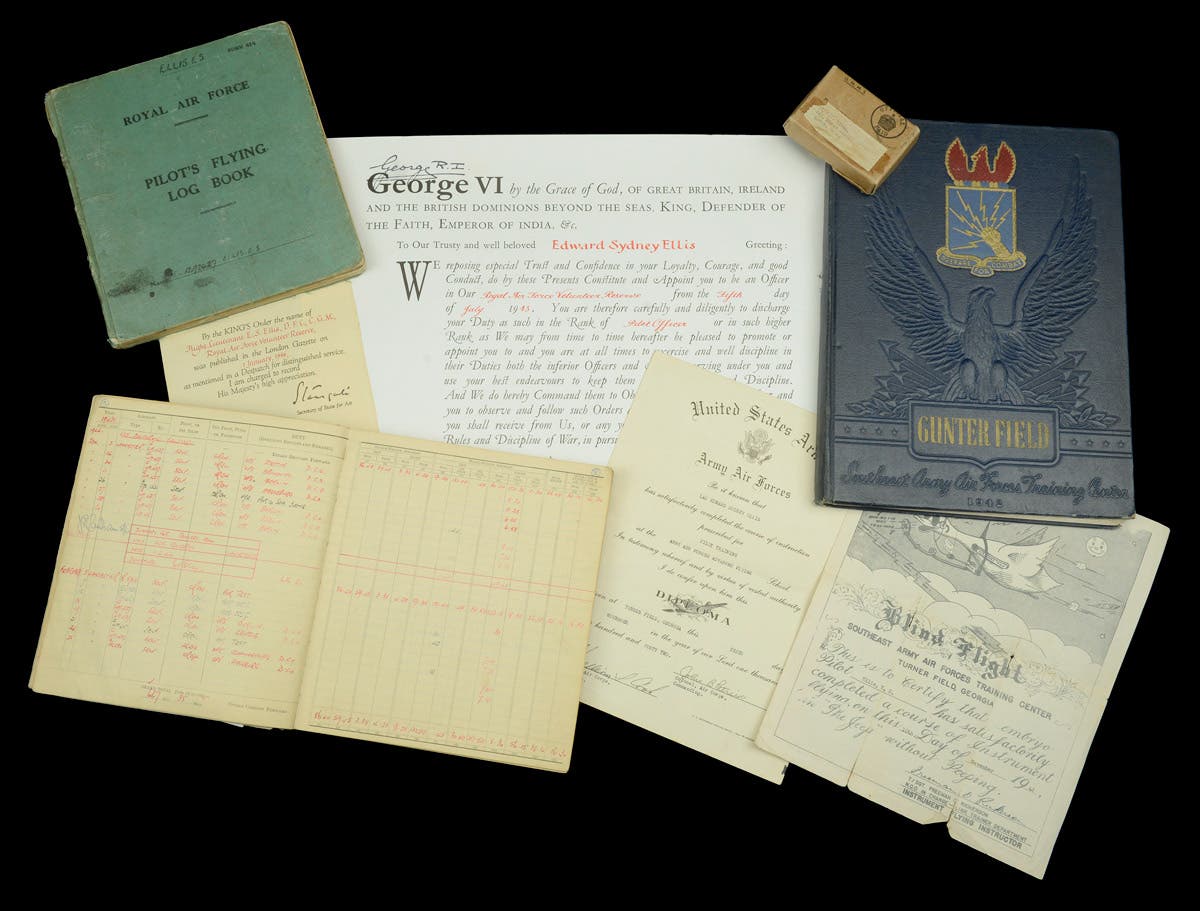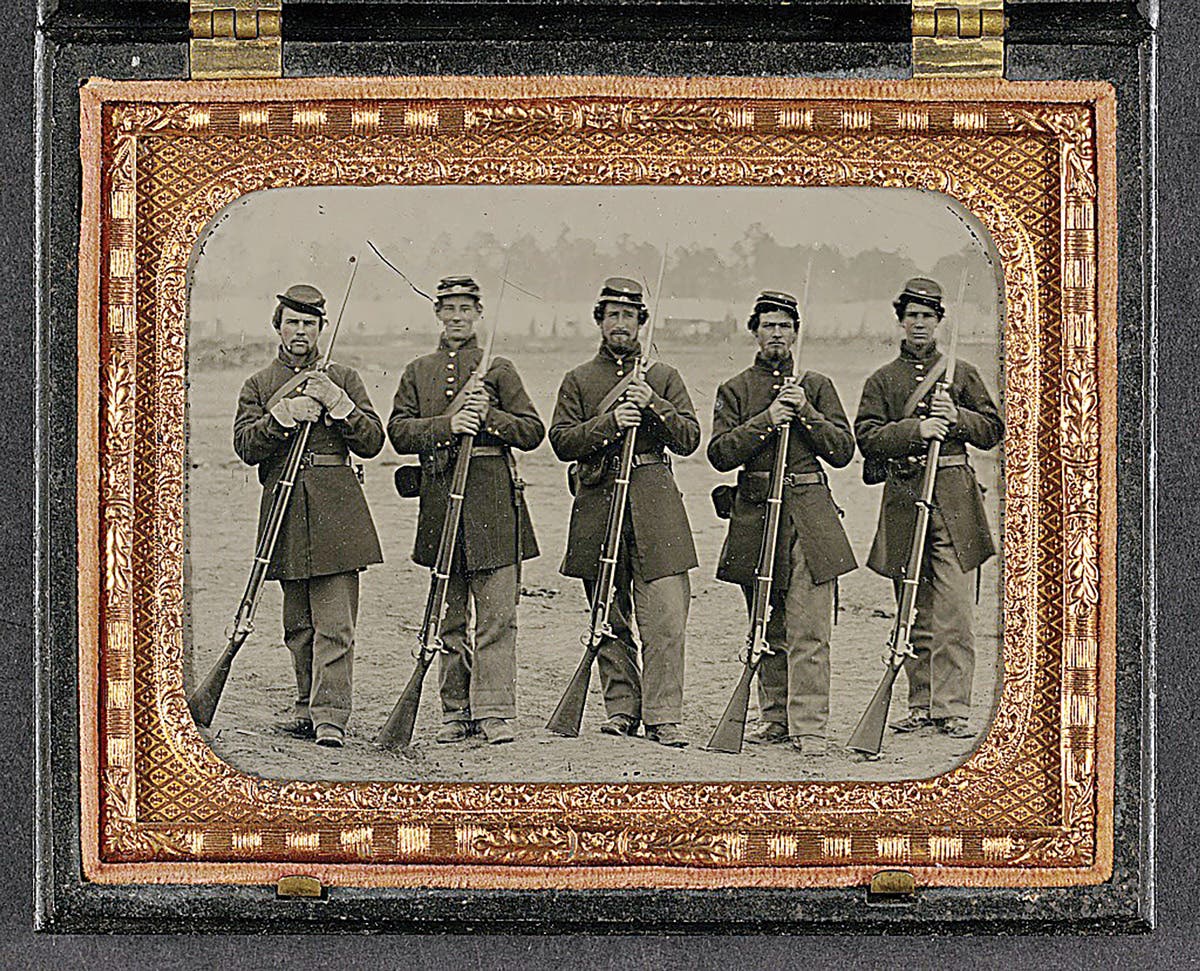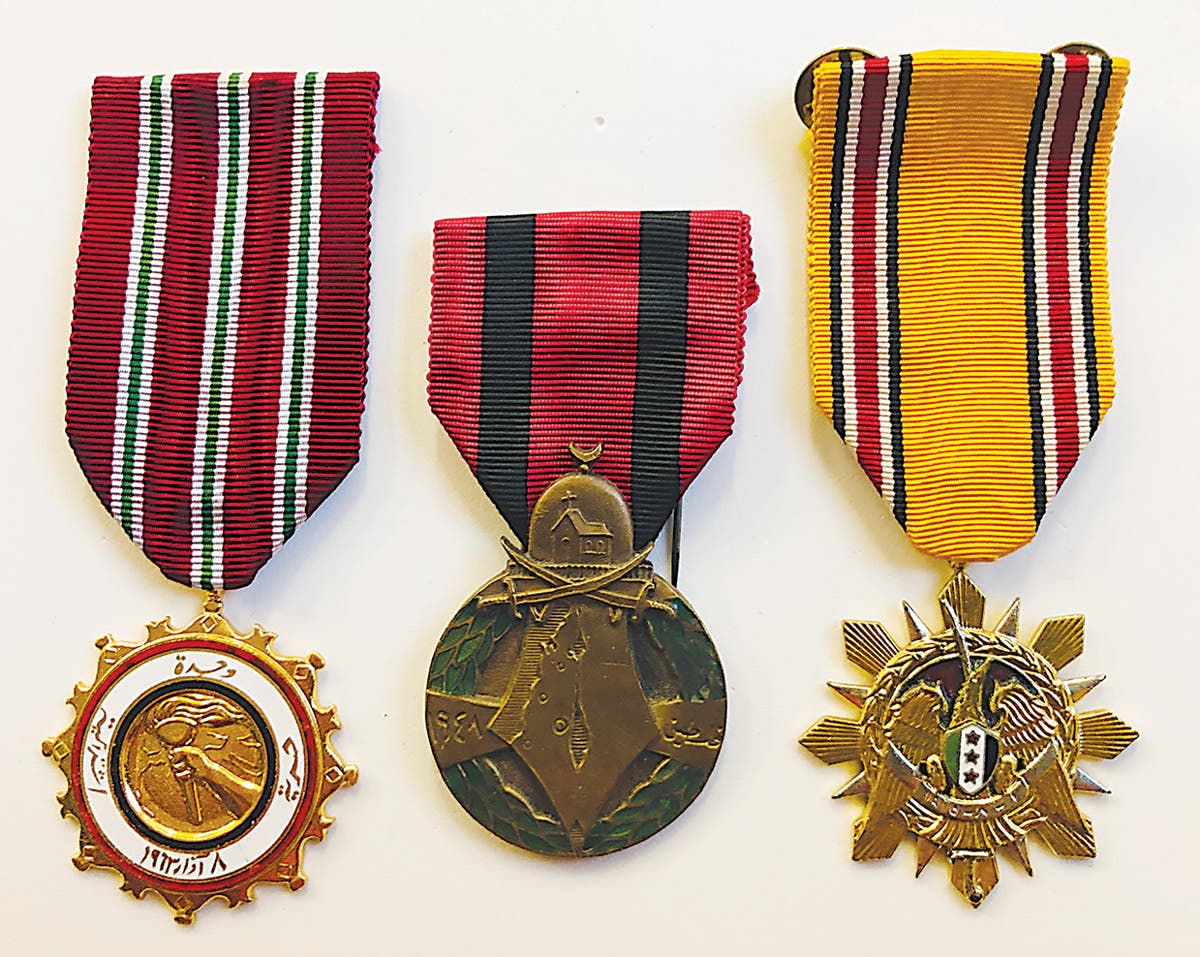Vorsicht! Landminen! (Be Careful! Land Mines!)
Land Mines! Use this primer to guide you through the field of collecting German WW2 Ordnance
Some of the most devastating weapons of WWII that killed or maimed thousands of unsuspecting soldiers and civilians during WWII were land mines. In its thirst for conquest, Germany placed millions of these weapons in strategic positions to slow the Allied advance and fill the gaps left in German lines due to the enormous losses of life.
The history of underground weaponry in European warfare goes back several millennia. Buried traps consisting of concealed pits with upward facing spikes were first used by the Romans as defensive barriers around their fortifications. After the invention of gunpowder in Asia, explosive charges were buried in the ground and manually detonated with primitive fuses. In 1573, a Samuel Zimmerman, a German engineer, invented a black powder mine buried in the ground that was ignited with a flintlock mechanism. The U.S. Civil war saw thousands of mines used to some effect.
Many of these early devices shared their common susceptibility to failure due to dampness and malfunctioning of the firing mechanism after being buried for any lengthy period of time. By the late 19th century, many armed forces were using the much more dependable — and powerful TNT — as their main explosive. This, along with numerous improvements in detonators, made land mines more formidable by the time the Great War of 1914 began.
After Germany’s defeat four years later, mine production and improvements were curtailed until the start of the clandestine military build-up of the Weimar Republic in the late 1920s. This accelerated when Hitler and Nazi Party came into power in 1933. Dozens of different designs were developed for specific uses such as anti-tank/anti-vehicle or anti-personnel mines. The hidden charges could be detonated by either pressure applied downward or by trip wires.
GERMAN ANTI-VEHICLE MINES OF WWII
One of the earliest German anti-vehicle mines used at the deployed early in WWII was the Tellermine 29. These 18” diameter disc-shaped weapons weighed 13 pounds and were loaded with a TNT charge. An igniter attached to the top had the words druck (pressure) and zug (pull), meaning that the mine could be set to explode when pressure was applied to the upper plate surface, or when a trip wire was pulled from above.
The slightly heavier Tellermine 35 had a simpler firing mechanism and greater explosive charge. These were further modified with the introduction of the Tellermine 42, a 17-pound, amatol- filled, round mine with a more reliable firing striker that was easy to arm and quick to manufacture.
The last of these basic anti-vehicle mines was the Tellermine 43 (also known as the “mushroom mine”). The 17-pound weapon featured less parts and an igniter that, once armed, could not be removed without exploding the device.
Additional vehicle mines were developed such as the Leichte Panzermine” (L.P.Z. mine — light tank mine), the Sprengriegelmine (bar mine), and others designed for specific terrain and types of engagement. If German troops overran enemy positions with large stockpiles of ordnance, it was common for the German engineers to use enemy anti-tank mines to creating new minefields.
GERMAN ANTI-PERSONNEL MINES
Anti-personnel mines were used to slow enemy advances on defensive positions and along commonly used trails and roads. One of the most effective of these weapons was the Sprengen Mine 35 (S-mine, also known as the “bouncing Betty” on the Western Front and the “Frog-mine” in the east). These 5-inch-tall cylinders weighed 9 pounds and were packed with TNT and hundreds of steel balls or pieces of jagged metal. After being buried in a shallow hole, a detonator was attached to the top that could be activated by either direct downward pressure or by being pulled with a trip wire. Once detonated, a charge in the base propelled the inner body to a height of 3 to 5 feet where it exploded, sending projectiles in all directions.
When mine fields were laid out, German soldiers were ordered to mark them so as to reduce friendly casualties. Single suspended wires, old mine crates or obscure signs were often used along with short stakes and small flags. Safe pathways were identified so that Germans could find their way through a minefield, but allies would not recognize the markings or path. Old pieces of scrap iron were often intermixed and buried with live mines in order to further confuse allied engineers when they used their metal seeking mine detectors to clear a field.
As engineers’ equipment and techniques were improved at finding the German mines, new models were made from non-metallic materials. The Glasmine 43 (glass mine) was a formed explosive filled glass body, topped with a glass lid that rested above a chemical, lever or percussion cap igniter. Not only were they harder for Allied engineers to detect, they were easier to produce as Germany’s supply of steel disappeared in later war years.
Another less detectable and more materially efficient mine was the Schützenmine 42. This weapon consisted of a four by five-inch wooden box with a hinged lid and pin head protruding from a cut slot in the opposite side. When pressure was applied to the top, the lid forced out the pin which ignited the detonator and internal charge. Again, lack of detection, simplicity and conservation of dwindling resources made the Schüt-minen effective.
In addition to glass and wood, materials such as Bakelite, concrete, and other non-metallic casings were used in the production of German mines. By the end of the War in Europe in May 1945, the US Army estimated that 2.5 percent of Allied combat casualties and over 20 percent of tank losses were the results of mines.
But when the Third Reich war machine finally ceased to exist, the threat from land mines did not. For decades, German mines have been found and removed from many of the battle grounds across Europe and North Africa. Though efforts have continued until this day, the International Red Cross has estimated that more than 27 percent of farmland in Libya alone still contains dangerous mine fields left over from WWII. In France and the Netherlands, the daily search also continues for undocumented mine fields to clear.
As with other collectible ordnance, mines must be guaranteed to be safe and legal to own when offered for sale. Purchases from veterans’ family members and estate sales are not recommended because these can often still be live. All of the items pictured in this article are from a collector with 25 years’ training and experience in military ordnance.
You may also enjoy
*As an Amazon Associate, Military Trader / Military Vehicles earns from qualifying purchases.
Chris William has been a long-time member of the collecting community, contributor to Military Trader, and author of the book, Third Reich Collectibles: Identification and Price Guide.
"I love to learn new facts about the world wars, and have had the good fortune to know many veterans and collectors over the years."
"Please keep their history alive to pass on to future generations".








